Last week Nobel Prize recipient Eric Kandel gave the first lecture of the series “Art & Science – Bridging Two Cultures” in Vienna.
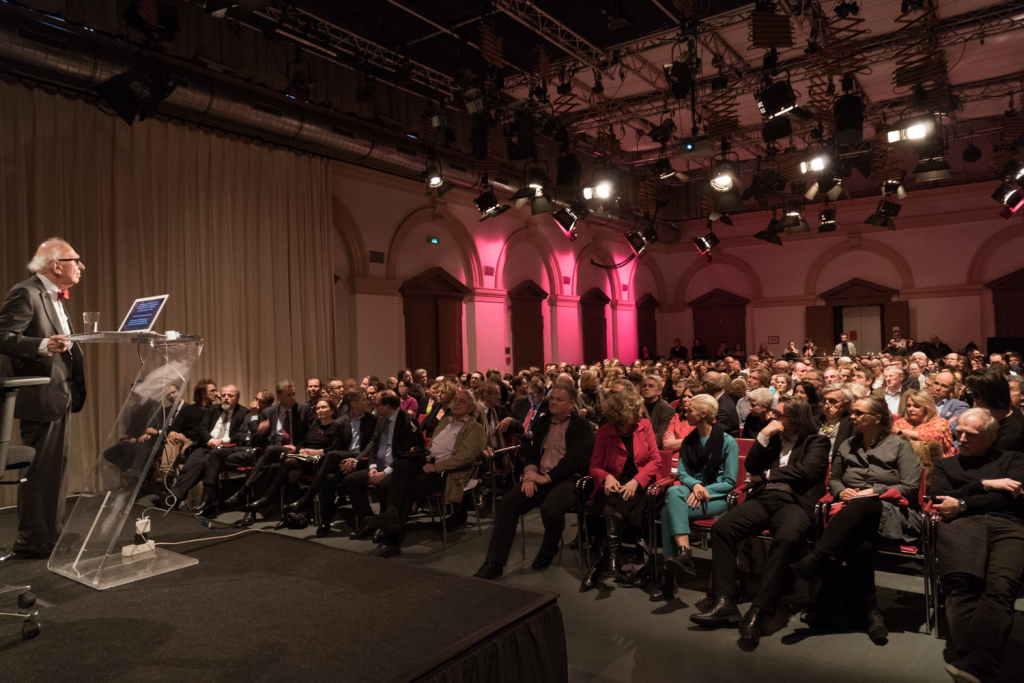
Prof. Eric Kandel talked about the concept of Reductionism in Art and Brain Science, which is also the topic of Kandel’s latest book “Reductionism in Art and Brain Science“. He demonstrated how science can inform the way we experience a work of art and seek to understand its meaning. He illustrated how reductionism, the distillation of larger scientific or aesthetic concepts into smaller, more tractable components, has been used by scientists, and artists alike, to pursue their respective truths.
‘Studying the biology of a viewer’s response to a work of art can yield humanistic insights not only into the biological makeup of the beholder’s mind, but also into the cultural and psychological implications of works of art. Moreover, artists, like scientists, often experiment with different approaches toward achieving their goal. In this way, I argue that visual artists often employ methodologies that are strikingly similar to those used by scientists’
Kandel focuses on abstract art because it is highly suitable for scientific exploration. In the interview with the Wall Street Journal, Kandel explained the connection between abstract art and neuroscience:
This is reductionism—to take a complex problem and select a central, but limited, component that you can study in depth. Rothko—only color. And yet the power it conveys is fantastic. Jackson Pollock got rid of all form.
[In neuroscience] you have to look at how behavior is changed by environmental experience…I began to realize we’ve got to find a very simple learning situation…I looked around for an animal that had the kind of [simple] nervous system I would like. Aplysia [has] the largest nerve cells in the animal kingdom. I think there’s a formal logic that they share, not necessarily the methodology or the substance, but to take a complex idea and look at a simplified version of it to see what truth you can distill.
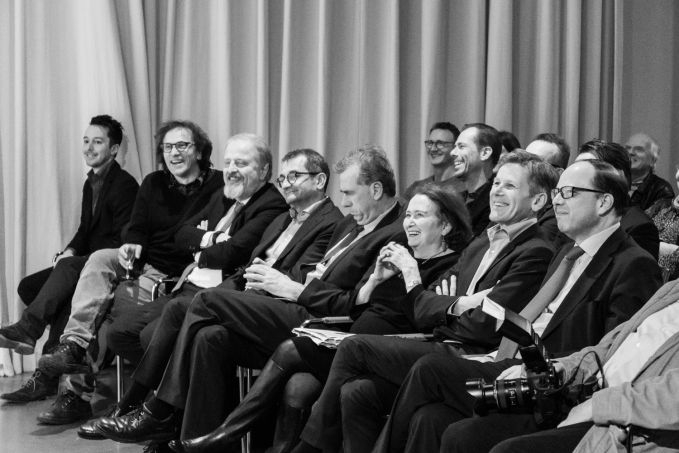
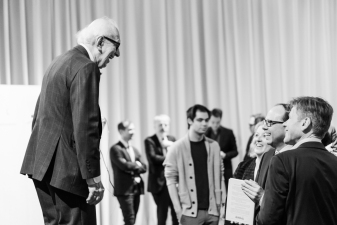
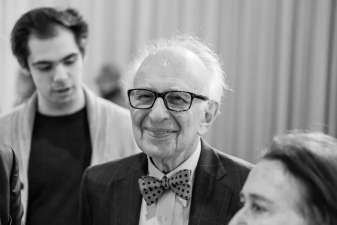
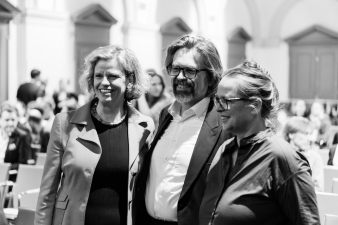
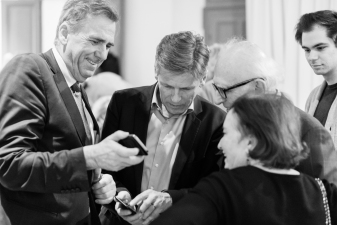
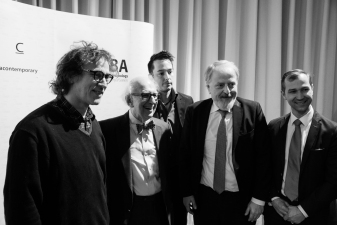
This talk is part of the series “Art and Science: Bridging Two Cultures“, a joint project of IMBA and viennacontemporary, initiated by Josef Penninger, Scientific Director of IMBA and Dmitry Aksenov, Chairman of the Board of viennacontemporary.
The series aims to build bridges between the industries of art and science and to show that these seemingly very different worlds are much more connected than we think. Moreover it will offer unique insights into the relation between art and science and the possibilities of collaboration between professionals of both fields.
The second part of the series “Art and Science: Bridging Two Cultures” will take place during the 2017 edition of viennacontemporary which will be held at Marx Halle Vienna from 21 to 24 September.
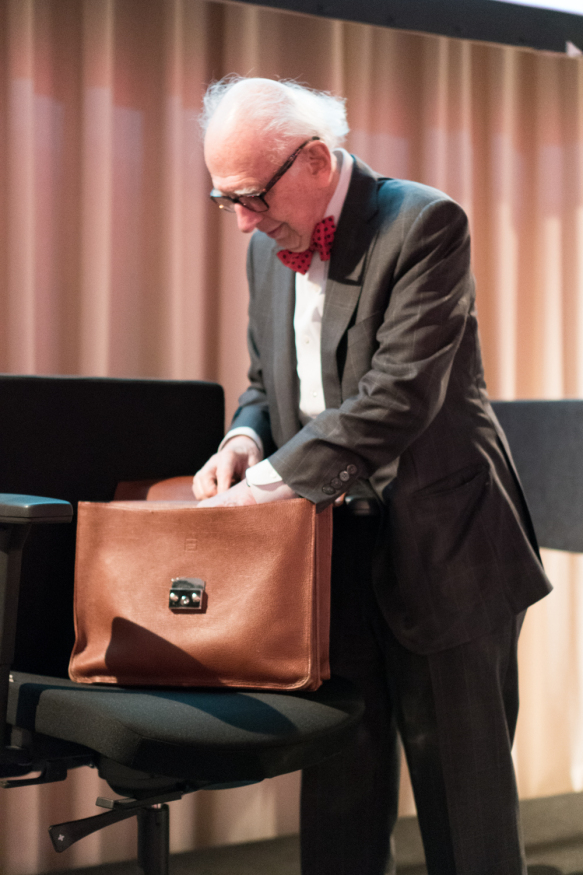
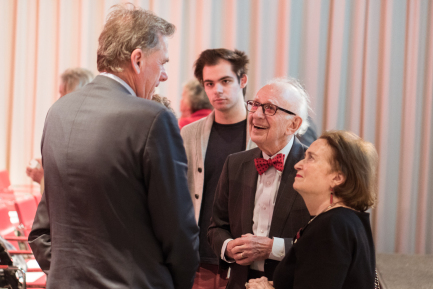
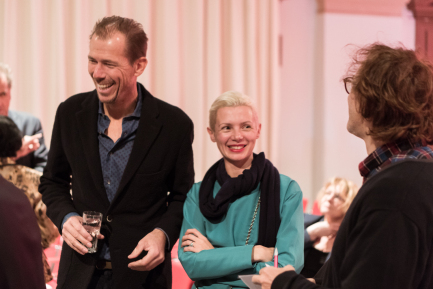
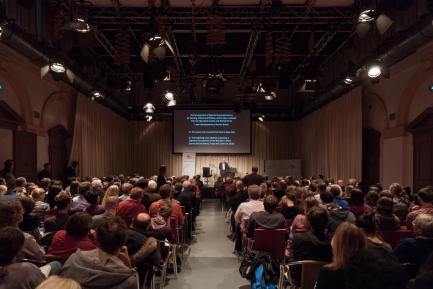

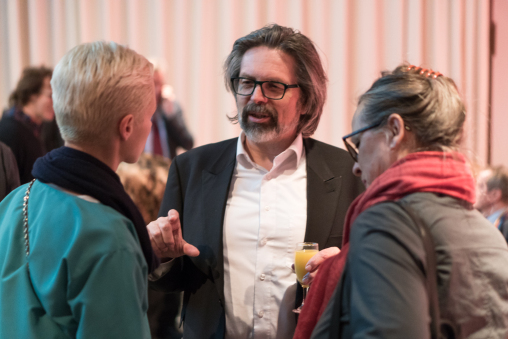
About Eric Kandel:
Eric Kandel is professor at the Neuroscience, Biochemistry and Molecular Biophysics department as well as the Psychiatry department at the Columbia University in New York. In addition he is the director of the “Kavli Institute for Brain Science“ and is co-director of the “Mortimer B. Zuckerman Mind Brain Behavior Institutes“, both at the Columbia University. In 2000, he, and two of his colleagues, received the 2000 Nobel Prize in Physiology or Medicine for their research on the physiological basis of memory storage in neurons. http://kavli.columbia.edu/leadership/kandel
About IMBA:
IMBA – Institute for Molecular Biotechnology is one of the leading biomedical research institutes in Europe. Focal points are the medical research in the areas of stem-cell biology, DNA-biology, molecular disease models and genetics. The Institute is part of the Vienna Biocenter, a dynamic conglomerate of universities, academic research units and biotech businesses. IMBA is a daughter company of the Austrian Academy of Science, the leading institution for non-university related research in Austria. http://www.imba.oeaw.ac.at
Teilen mit:





